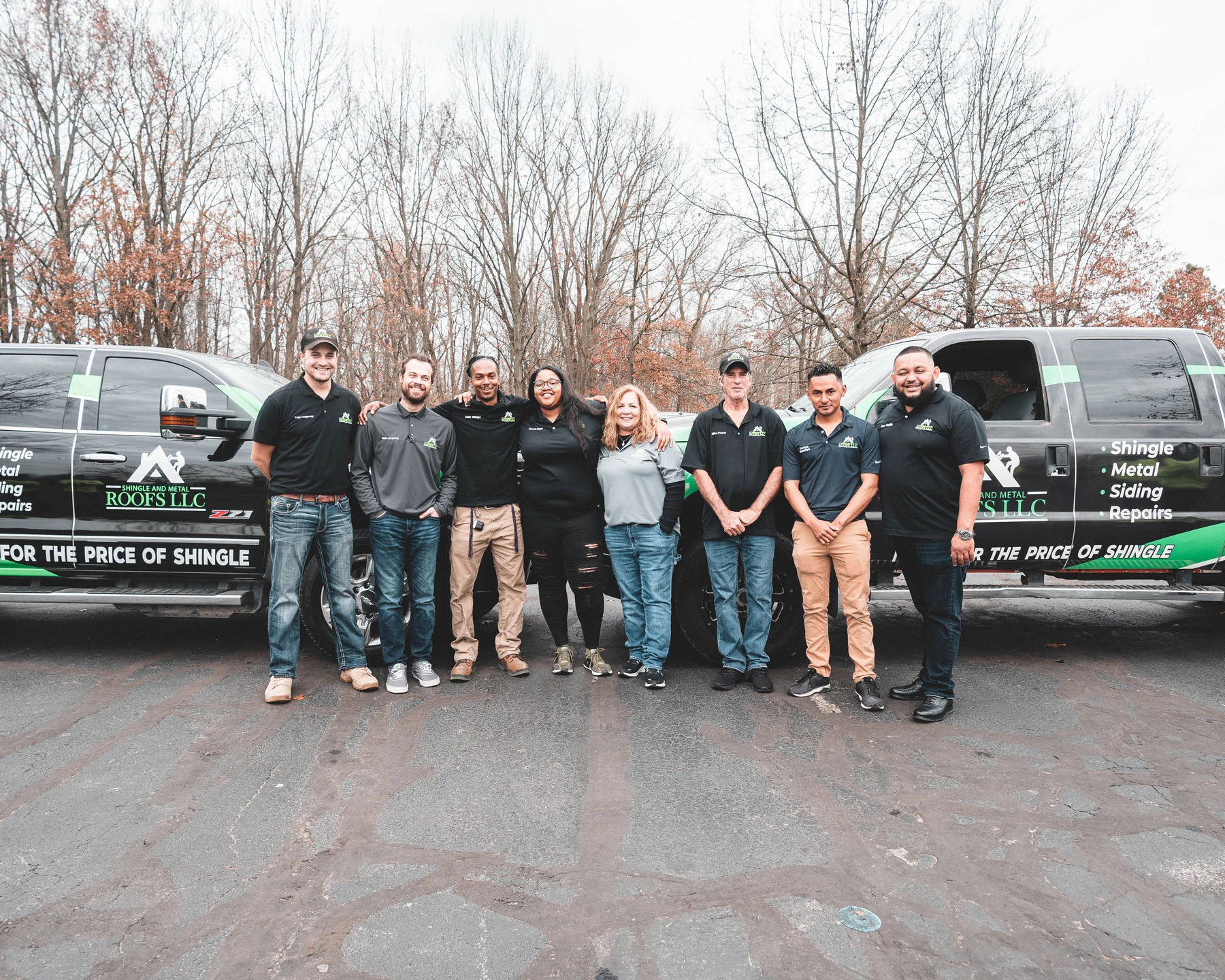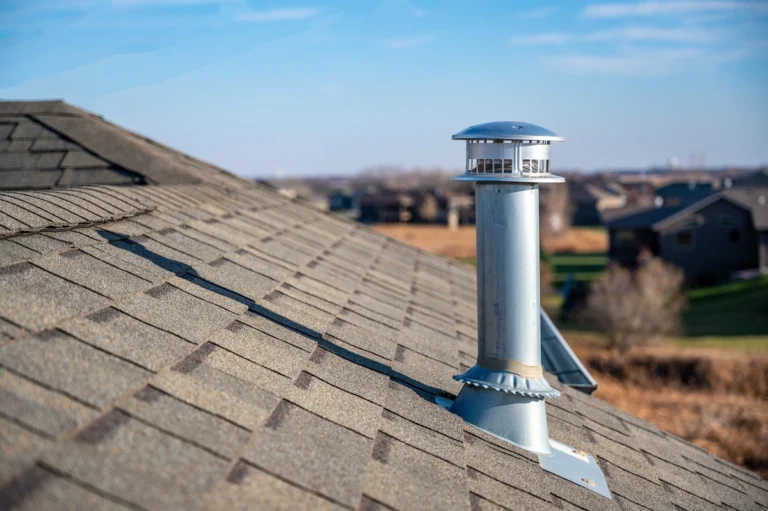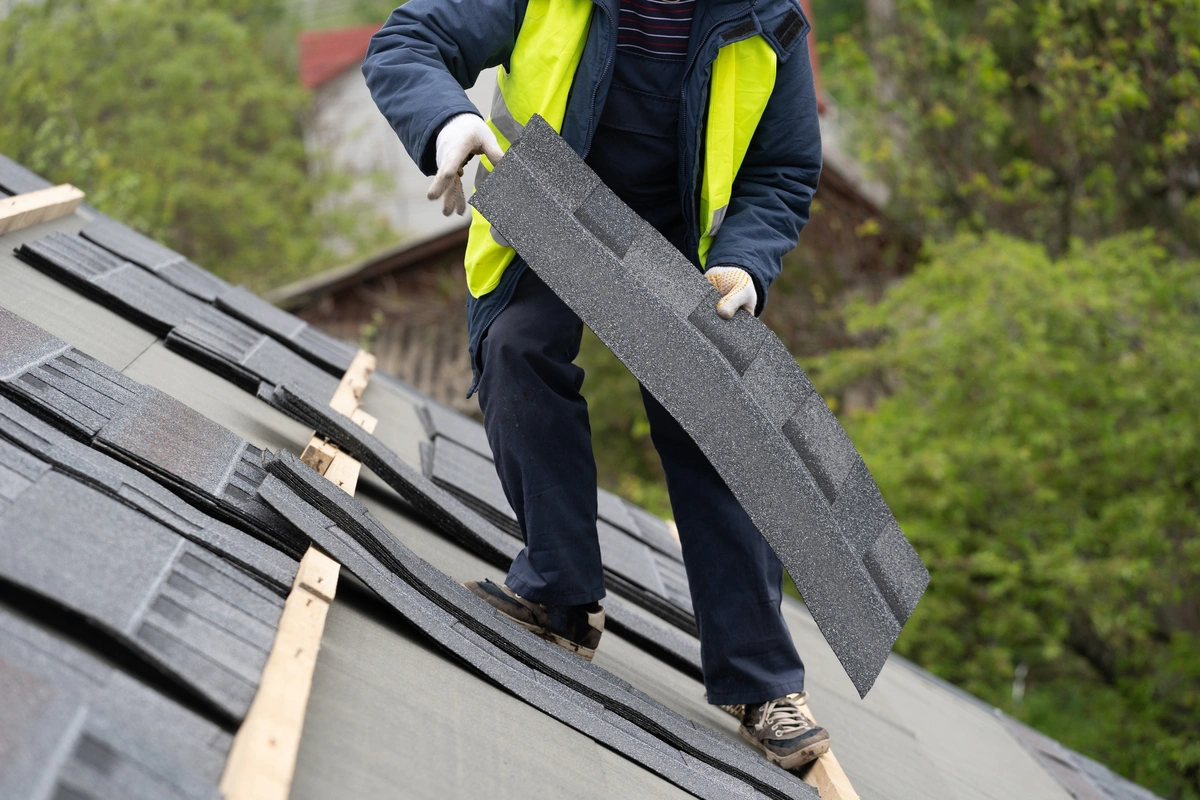
When it comes to roof replacement, homeowners face a critical decision: should they opt for an overlay or tear-off? Both methods offer distinct advantages and trade-offs in cost, longevity, and overall efficacy.
This comprehensive guide will provide you with everything you need to know about the pros and cons of roof overlay vs tear off. Armed with this information, you’ll be better equipped to make the best choice for your home’s roofing needs.
Key Takeaways
- Homeowners have two options for roof replacement: overlay and tear-off. Overlay involves adding new shingles on top of the old ones, while tear off involves completely removing the existing roofing material and putting on a new one.
- While an overlay may offer cost savings in the short term, a complete tear-off provides homeowners with better long-term performance, durability, and increased value for their property by addressing underlying issues head-on.
- Factors to consider when deciding between an overlay or a tear off include current roof condition, cost comparison, local building codes, and upfront budget vs. long-term plans for your home’s structural integrity and value.
- Consulting with professional roofing contractors is crucial to making an educated decision based on expert insights into your specific situation.
Understanding Roof Overlay Vs Tear Off
Here is a brief analysis of what is a roof overlay and a tear off:
What Is Roof Overlay?
A roof overlay, also referred to as reroofing, is a popular choice among homeowners when it comes to roof replacement options. In this method, the new roofing materials are installed directly on top of the existing roof, without removing any old shingles or other components.
The professional also adds a new layer of underlayment, a waterproof and protective material placed between the shingles and roof deck. An overlay is usually installed with 3-tab or laminated asphalt shingles, which are more affordable than some other materials like slate or tile.
What is a Roof Tear Off?
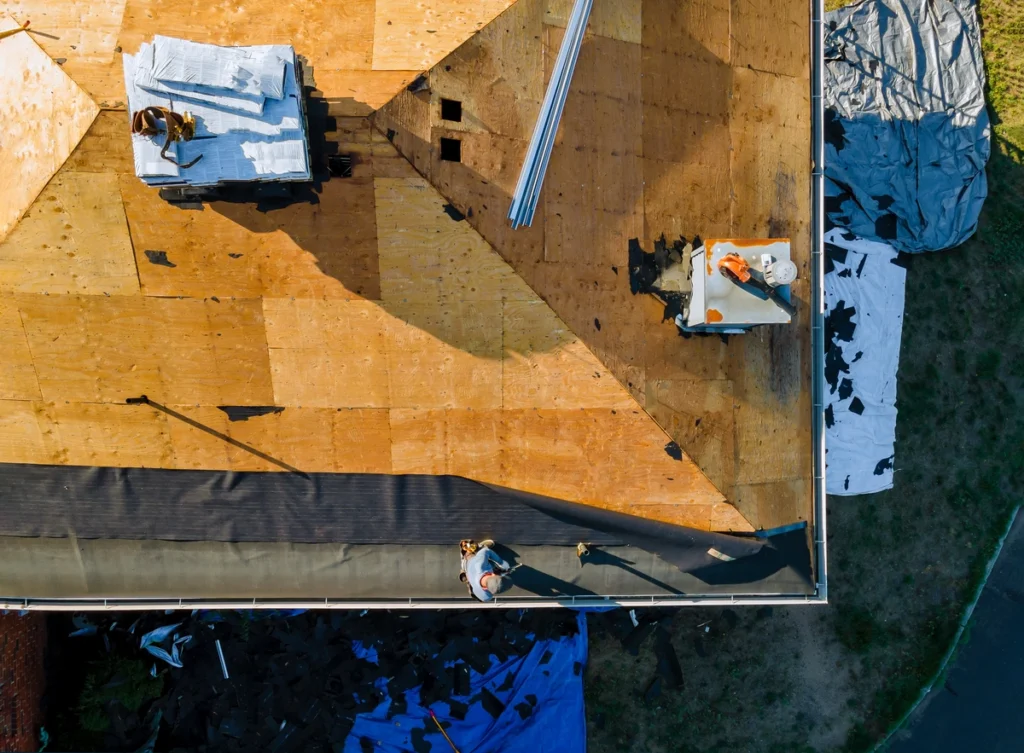
A roof tear-off is a comprehensive method of replacing a roof, involving the complete roof replacement of all existing shingles down to the decking. This process allows for a thorough inspection and repair of any underlying issues or damage that may have been concealed by old shingles or other materials.
In this option, a professional helps you choose from a variety of roofing materials for your new roof, including asphalt shingles, tile, cedar shakes, metal, and slate. However, this can increase the expense of a tear-off project.
Comparison Between Roof Overlay and Tear Off
Choosing the right method for your roof replacement is essential, as it has long-term implications on your home’s maintenance, durability, and overall value. Here is a quick comparison between the two options:
- Cost-efficiency – The Overlay process helps you save on buying new expensive materials and involves adding new shingles on top of the existing shingles or tiles without removing them. It also requires less labor and materials than a tear-off.
- Installation speed – Roof overlays tend to have faster installation times due to lesser work involved while a tear off requires more time for replacing the roof.
- New aesthetic appeal – Roof tear-off provides homeowners with a fresh start by entirely replacing their old roofing materials with a brand new roof. The roof installed can boost your home’s value by demonstrating a commitment to maintaining property features in excellent condition.
- Durability – Roof tear off increases overall roof lifespan due to removal and proper disposal of damaged shingles which allows for better insulation against heat or cold while preventing moisture buildup that could cause further damage down the line.
In summary, understanding the pros and cons of each roofing method can guide homeowners toward making educated choices regarding their properties’ long-term care. It is also crucial to understand the signs for a roof replacement to ensure you choose to take on the projects in a timely manner.
Factors to Consider When Choosing Between Roof Overlay vs Tear Off
Choosing the right method for your roof replacement involves careful consideration of several factors. For instance, you do not want to break the bank when working on this project. This notion forces you to work within a specific budget that can dictate the option, between roof overlay vs tear off, which you take
Cost Comparison
When it comes to repairing or replacing your roof, cost is a significant factor to consider. Tear-offs are generally more expensive than overlays due to the increased labor costs and additional materials needed for the job.
However, while an overlay may offer a quick and inexpensive fix, it’s important to keep in mind that tearing off the old roof and starting from scratch is often a smarter choice in the long run as it increases the appraised value of your home.
Current Roof Condition
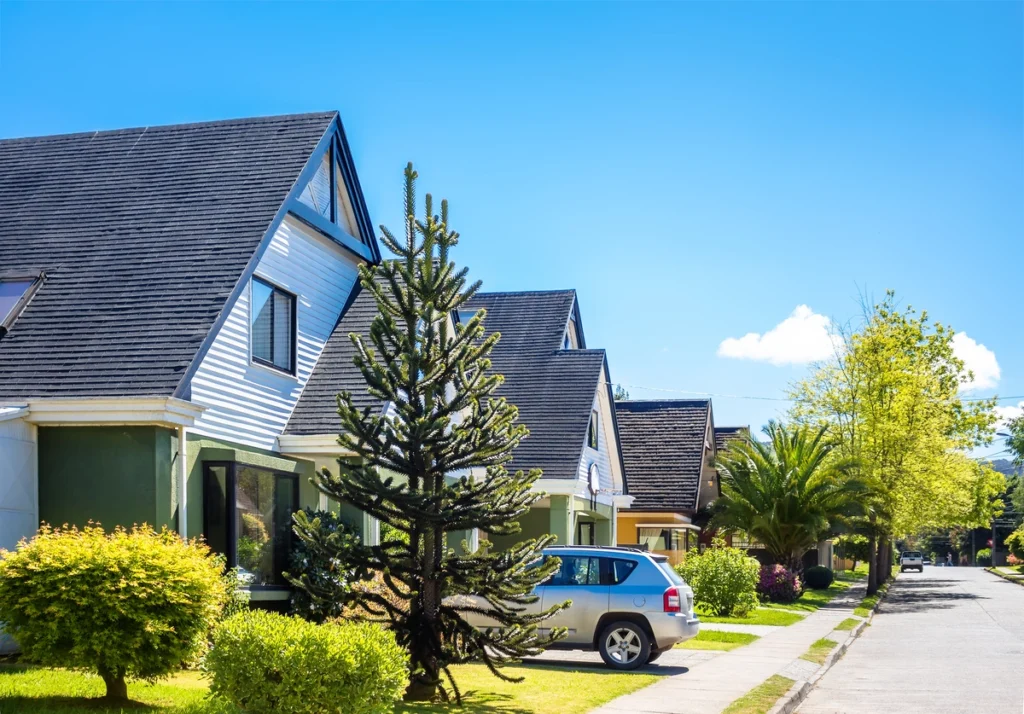
If there are existing issues such as leaks or damage, it may be better to opt for a tear off to address these problems before installing a new roof. A tear off can manage these issues by reroofing the existing broken roof. However, some minor issues can also be handled using the overlays.
Ultimately, it’s important to have an expert roofing contractor inspect your current roof and provide a professional recommendation on which method is best based on its condition.
Local Building Codes
Understanding the local building codes in your area is a crucial factor to consider when deciding between a roof overlay and a tear off. These regulations dictate the number of roofing layers allowed, roofing techniques permitted, and required building inspections.
For instance, in Arden Hills, MN, building codes allow for up to two layers of asphalt shingles on residential properties. However, some jurisdictions permit an additional layer if the roof has a steep pitch over 5:12 or greater.
Therefore, it’s vital to check with your local authorities before proceeding with any roof overlay or tear off.
Conclusion
Choosing between roof overlay vs tear off requires careful consideration. While cost is an important factor, it is equally important to consider the condition of your existing roof and long-term goals for your home.
A tear off may be necessary if there is significant damage or if you plan to sell soon, while overlaying can provide a more affordable solution without compromising quality. Ultimately, consulting with roofing contractors and understanding local building codes can help you make the best choice for your home’s roofing needs.
For professional help, contact us for free roof inspections and evaluations to ensure your property is in top condition for years to come!

